The Las Pilitas Nursery Introductions
These are cultivated variates (cultivars) or wild selections of California native plants selected by Bert Wilson and Las Pilitas Nursery and introduced into cultivation over the past 47 years.
We try to develop plants that have good wildlife value, are drought tolerant, and are pretty (what's the point if they look ugly). Our plants are named after family members, friends, customers, local towns near where the original plant was discovered, or areas of the nursery the plant popped up in.Instead of plants bred for beauty at the cost of survivability and ecological sustainability we try to choose plants that still retain strong survival traits but are also attractive. Some cultivated plants are like Chihuahuas, cute but if you dropped one out in the wild it probably wouldn’t last very long, but a coyote...beauty and survivability.
None of our selections are patented so any nursery is free to cultivate them. So our selections are usually out and about in the nursery trade. The flip side to that coin is that we get no compensation if our plants are purchase from another nursery. And, as we sell directly to our customers, if you see these somewhere else for sale, we didn't grow them.

Penstemon Margarita BOP is our most popular introduction it was originally found as a seedling at the bottom of our porch in the 1980s. It is not patented and can be found garden centers in the US as well as the UK. These plants aren't grown by us. We still grow and sell our own original plants here at the nursery.
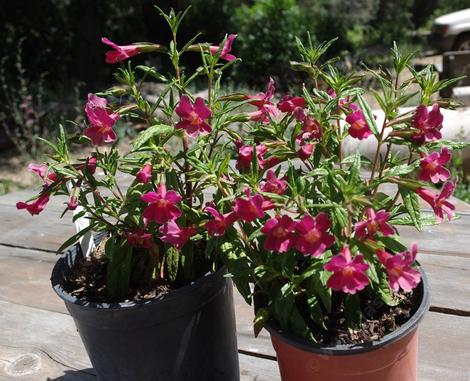
Bert's Raspberry is a large maroon flowered monkey flower.
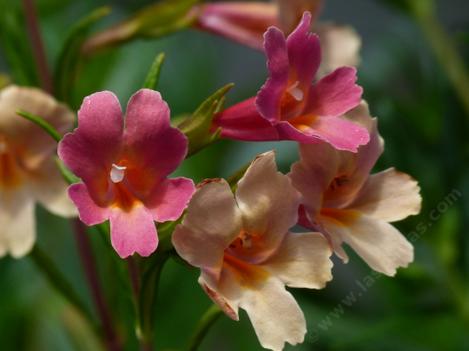
Penelope Monkey Flower has many flower colors on one plant.
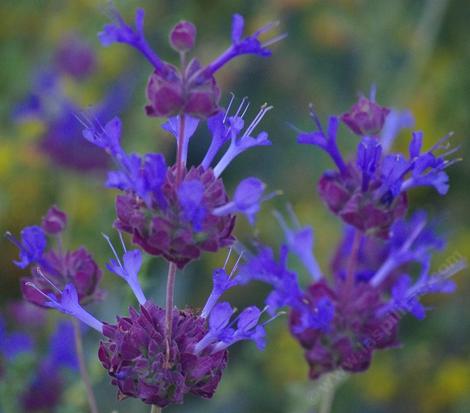
Salvia Celestial Blue has been in flower for 3 years.
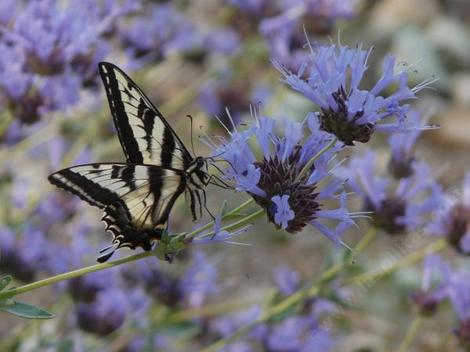
Salvia Alpine flowers for months.

Salvia Pozo Blue has lived with no irrigation for 20+ years.

Las Pilitas Hummingbird Sage is flat with nice flower spikes.
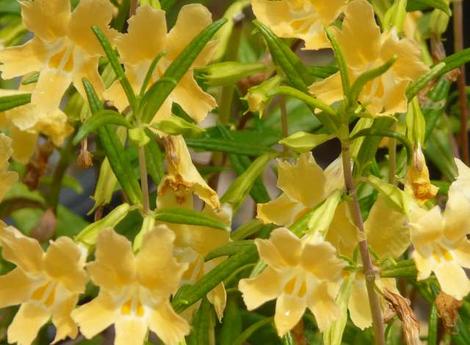
Ramona Monkey Flower is a one foot perennial with butter colored flowers hummingbirds like.
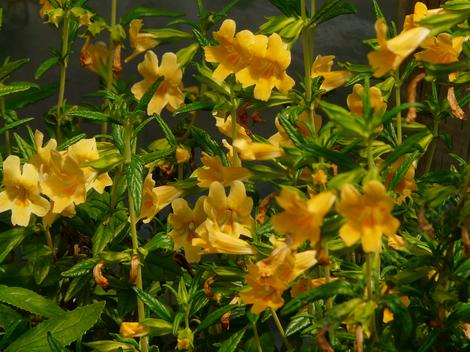
Lompoc Monkey Flower is a 2 ft. sub-shrub with large yellow flowers.
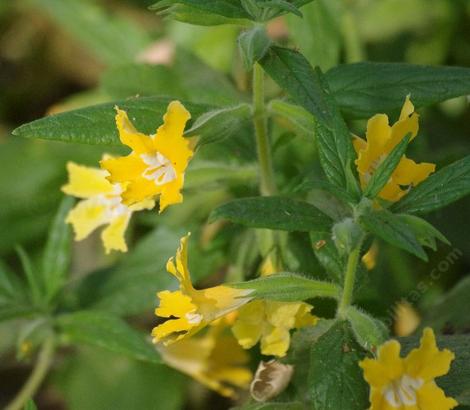
Topanga Monkey Flower came from West Los Angeles and has large orange flowers.
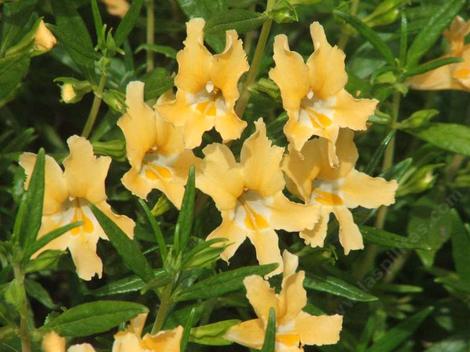
Spunky Monkey came from north Los Angeles and is covered with yellow flowers.

Powerline Pink Hummingbird Sage is huge

Topanga Hummingbird Sage is just right for Los Angeles.

Flaming Red Penny California Fuchsia grows about 2 ft. Tall.
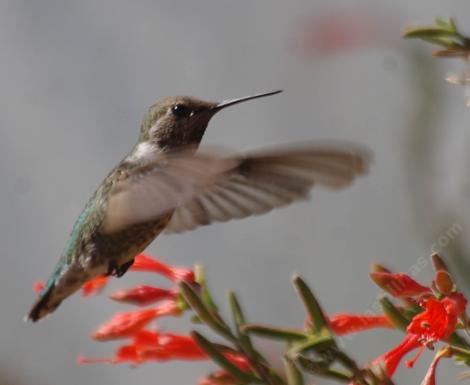
PHAT Margarita California Fuchsia is fast and big
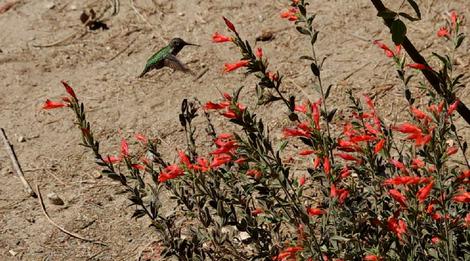
Zauschneria Ghostly Red is a fuzzy California Fuchsia.
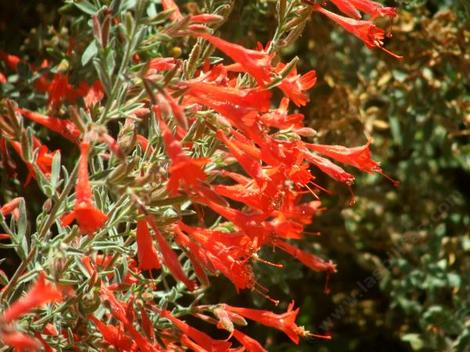
Bert's Bluff California Fuchsia makes a 2 ft. mound of orange.
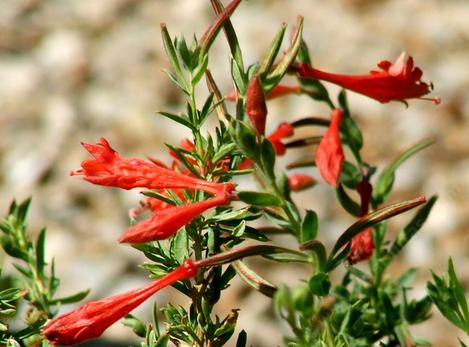
Laguna Mountain California Fuchsia has green foliage.
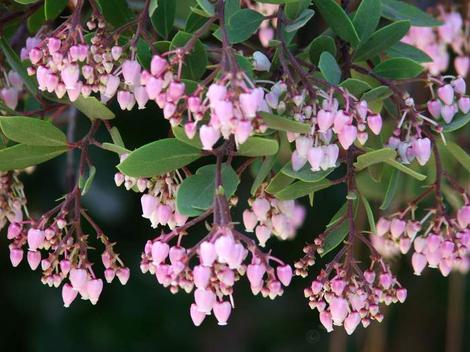
Baby Bear Manzanita is a very colorful 8 ft. bush.
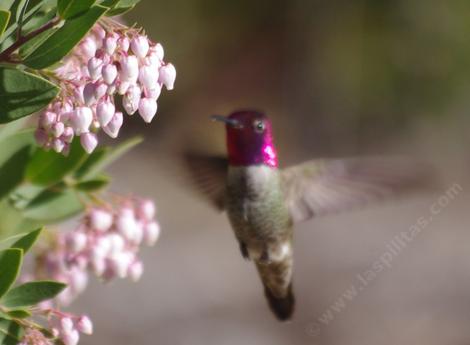
Ian Bush Manzanita grows fast to 5 ft. and then slowly to 6 ft. Great hedge plants in most of California.
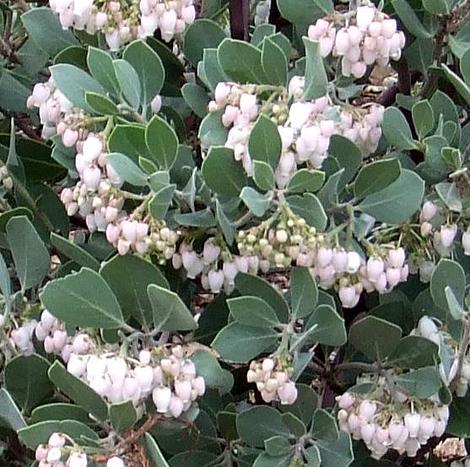
La Panza Manzanita is a gray ball with white flowers.
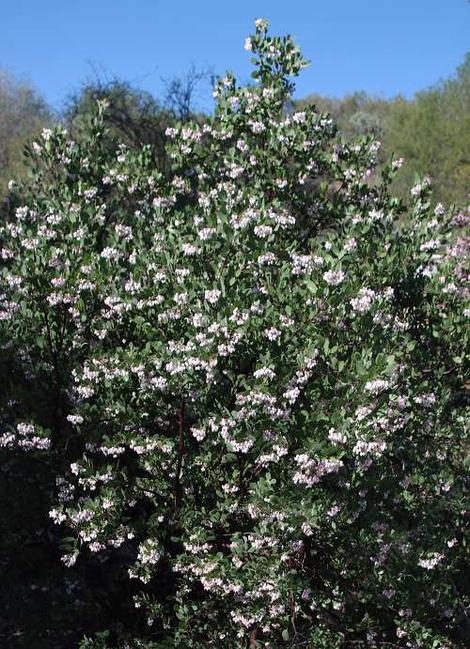
Mama Bear Manzanita is a fast 8 ft. screen or specimen.
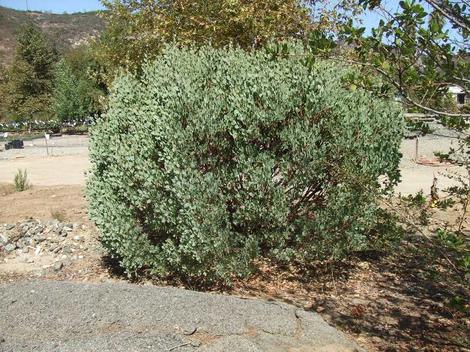
Frazier Park Manzanita is a gray mounding ground cover or border plant.
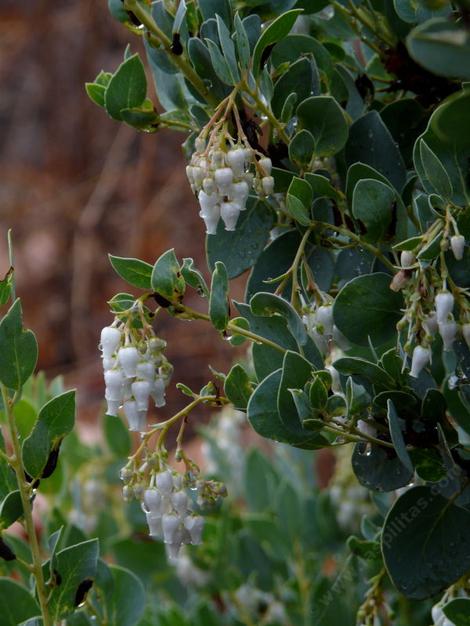
Ramona Manzanita is a very drought tolerant small bush.
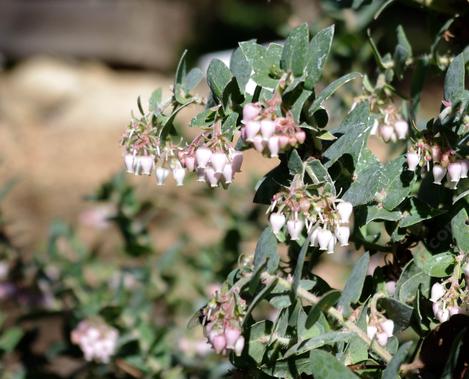
Brother James Manzanita is a mounding red-green bush.
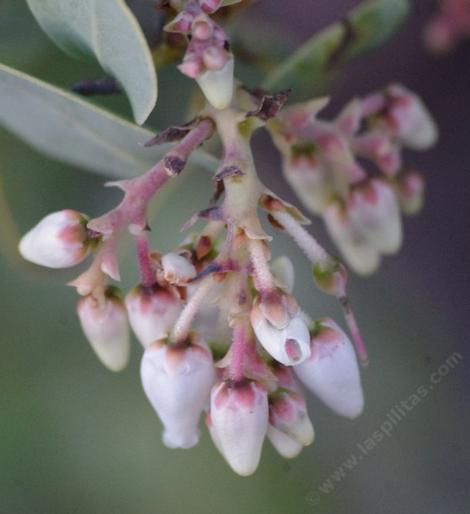
Los Angeles Big Berry Manzanita is a very small Big Berry Manzanita.
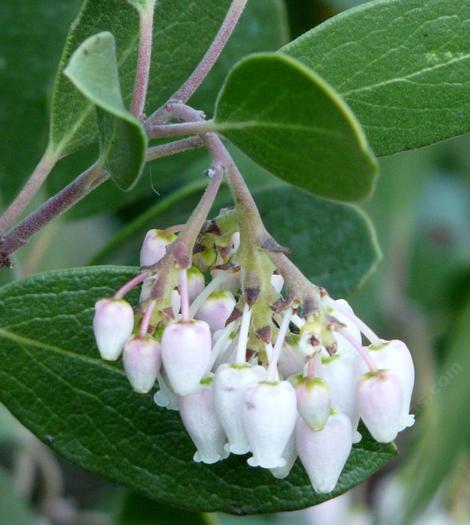
Parry's Manzanita a mounding ground cover for the mountains or foothills.
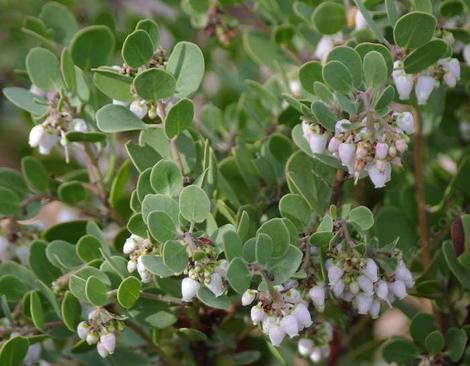
Margarita Joy Manzanita is a very small dainty sub-shrub.
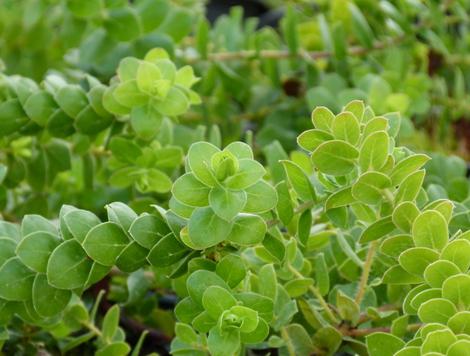
Burton Mesa Ground cover and green prehistoric ground cover.
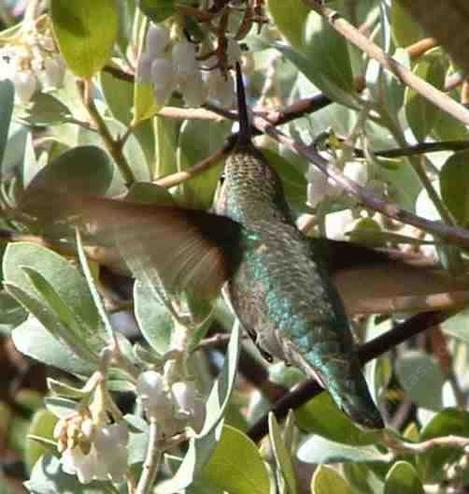
Ghostly Manzanita is gray, almost white 8 ft. bush.
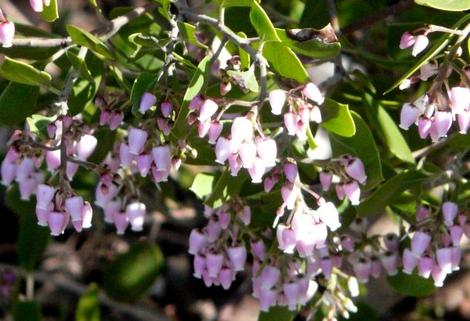
Zin Manzanita is a dark green mass idea as a hedge plant
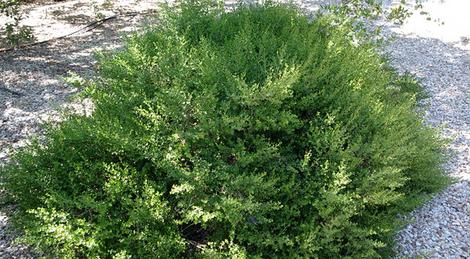
Pozo Surf is a small bush that is green and drought tolerant.
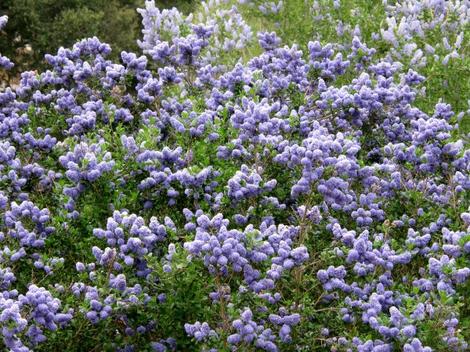
Ceanothus Celestial Blue is very floriferous.
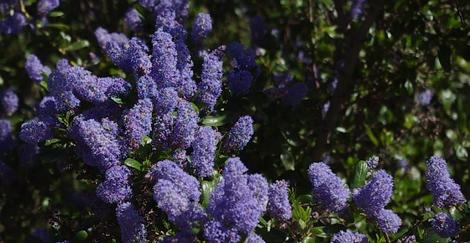
Ceanothus LT Blue is big, beautiful and very drought tolerant.
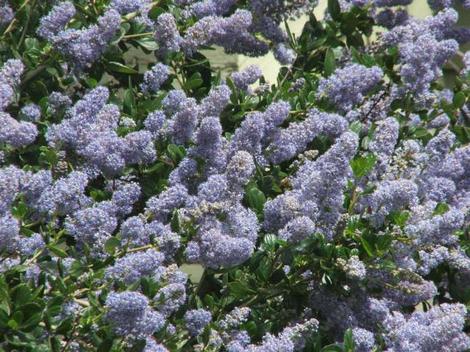
Remote Blue Ceanothus is a 6 foot bush with deep green leaves and blue flowers.
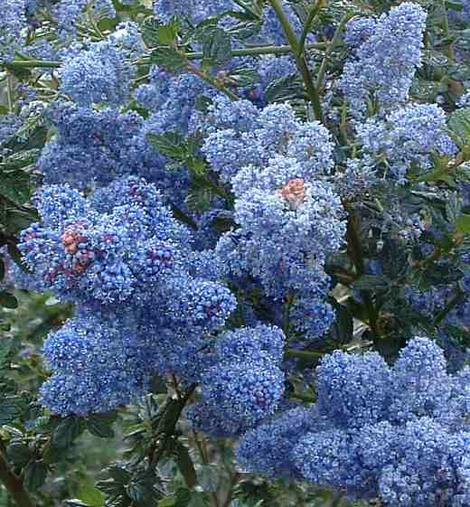
Ceanothus Tassajara Blue has blue flowers on a fast 6 ft. bush.
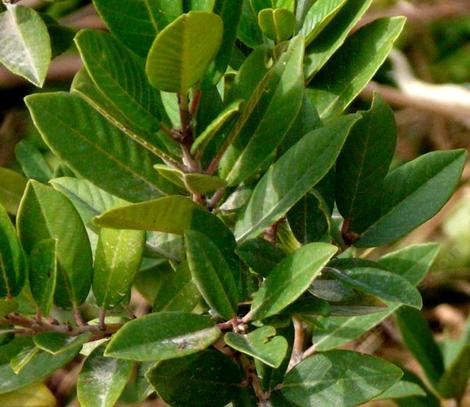
Tranquil Margarita Coffeeberry is the prettiest little coffeeberry you'll ever see.
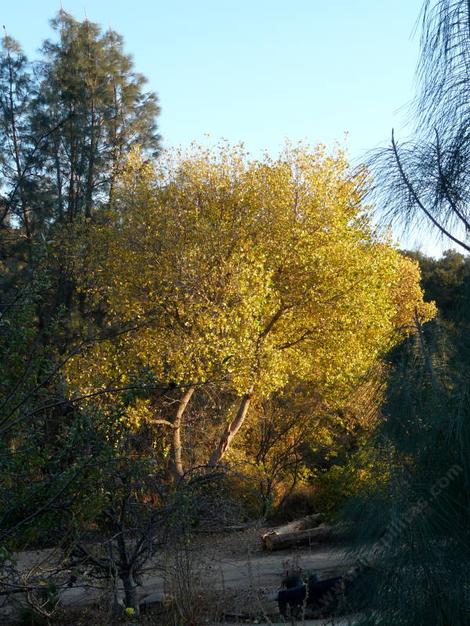
Zapata is a Cottonwood for most of California.
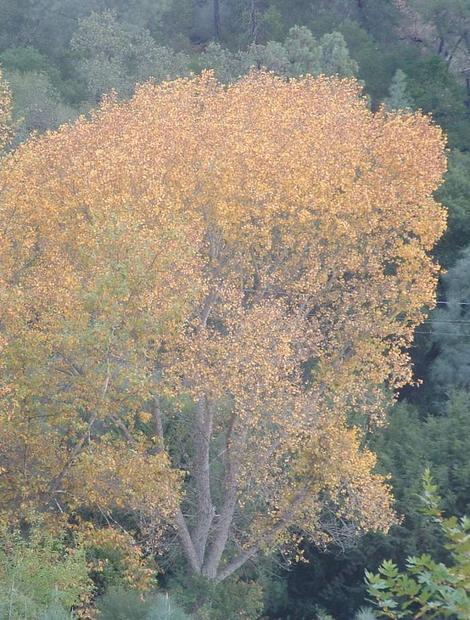
Carrizo Cottonwood is a Cottonwood for the desert.
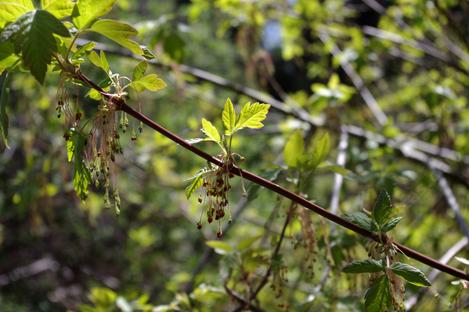
Bert's Toy Box is a small deciduous tree.


